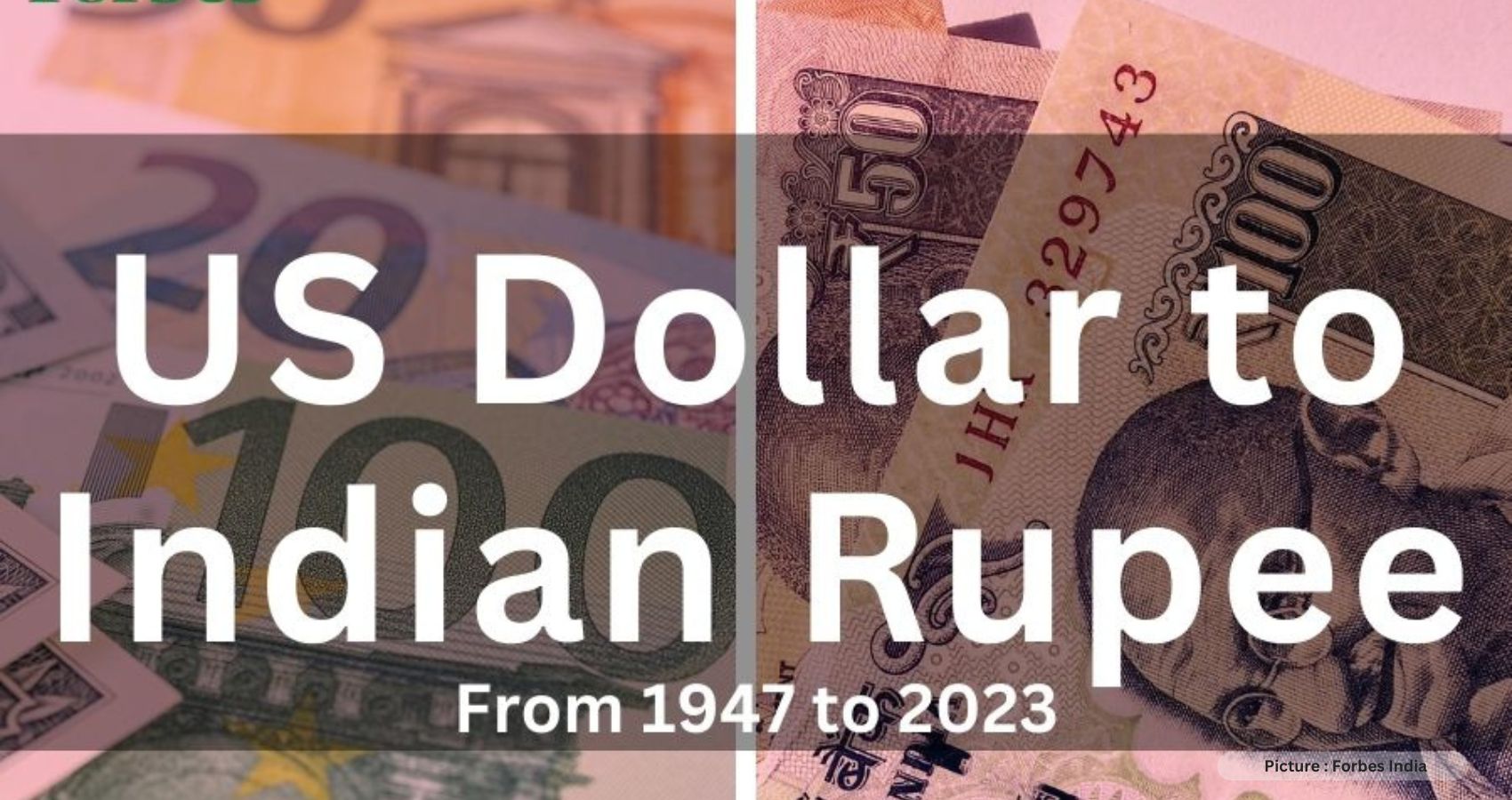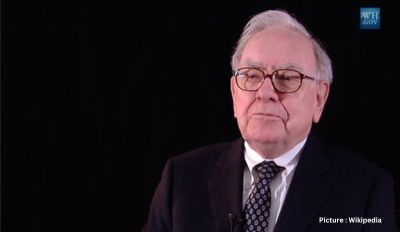The United States dollar (USD) stands as one of the world’s most influential currencies, boasting the highest global trade volume. When assessing the strength or weakness of the Indian rupee (INR), the preferred benchmark has consistently been the USD. Remarkably, there was a time when the USD to INR exchange rate was less than 5. However, in 2023, the exchange rate has surged to approximately ₹83 for every 1 US dollar. This article delves into the intriguing history of the USD to INR exchange rate, spanning from pre-independence India to the present day. We’ll explore pivotal economic events that have left an indelible mark on India’s currency landscape.
Here’s the USD to INR history since India’s independence, put concisely for you
| Year | Exchange Rate [1 USD to 1 INR] |
| 1947 | 3.30 |
| 1949 | 4.76 |
| 1966 | 7.50 |
| 1975 | 8.39 |
| 1980 | 6.61 |
| 1990 | 17.01 |
| 2000 | 44.31 |
| 2005 | 43.50 |
| 2006 | 46.92 |
| 2007 | 49.32 |
| 2008 | 43.30 |
| 2009 | 48.82 |
| 2010 | 46.02 |
| 2011 | 44.65 |
| 2012 | 53.06 |
| 2013 | 54.78 |
| 2014 | 60.95 |
| 2015 | 66.79 |
| 2016 | 67.63 |
| 2017 | 64.94 |
| 2018 | 70.64 |
| 2019 | 72.15 |
| 2020 | 74.31 |
| 2021 | 75.45 |
| 2022 | 81.62 |
| 2023 (as of October 3, 2023) | 83.18 |
Dollar vs. Rupee: A Historical Perspective
The USD to INR exchange rate encapsulates India’s economic journey, with fluctuations mirroring the country’s economic fortunes over the years. By examining the shift from the 1947 rate of 1 US dollar to the Indian rupee, we can gauge the rupee’s strength over time.
Pre-Independence Era – Before 1947
The pre-independence era was characterized by British colonial rule in India, which exerted a profound influence on the nation’s economy, including its currency. Consequently, the value of the rupee was closely tied to economic conditions in Britain. The British Pound, much like other global currencies, had a fixed conversion rate to the USD, with the US dollar itself pegged to gold under the Bretton Woods Agreement.
In the 1930s, the Great Depression sent shockwaves through the global economy, impacting India, a British colony, even more profoundly. Notably, some argue that in 1947, 1 US dollar had a better value compared to later years, possibly due to the British Pound’s higher value relative to the USD. During this period, £1 was equivalent to ₹13.37 Rupees, suggesting that $1 might have been worth ₹4.16 at that time.
Post-Independence – 1947 to 1991
After gaining independence in 1947, India adopted a fixed exchange rate system aimed at stabilizing international trade by managing exchange rate fluctuations through government interventions. While this approach provided stability, it also limited the currency’s ability to respond to changing economic conditions.
The USD to INR exchange rate remained relatively stable, with occasional disruptions caused by wars with Pakistan and China, which strained India’s foreign exchange reserves. Global events like the 1970s oil crisis triggered inflationary pressures, driving up the dollar rate. India’s efforts to balance economic growth, foreign policy, and currency stability played a pivotal role in determining the USD to INR exchange rate during this period.
In response to the Nixon shock in 1971 and the Smithsonian Agreement, both of which had lasting implications for the USD, the Reserve Bank of India and the Indian government implemented various adjustments to the Indian Rupee’s price. By 1975, the INR transitioned from a par value method to a pegged system and eventually to a basket peg.
During Economic Reforms and Liberalisation – 1991 to 2000
The period from 1991 to 2000 marked a turning point in India’s economic history, significantly impacting the USD to INR exchange rate. In 1991, India initiated economic reforms and liberalization measures designed to open its economy to foreign investments and reduce trade barriers. These reforms shifted the country from a fixed exchange rate system to a more flexible one, allowing greater flexibility in exchange rate determination. During this time, 1 USD to INR was approximately 35.
By 2000, the exchange rate had risen, with 1 USD equating to about 45 INR. Factors contributing to this increase included the need to attract foreign capital, address trade imbalances, and global economic events like the late 1990s Asian financial crisis. India’s modernization efforts further shaped the USD to INR exchange rate during this transformative period.
21st Century – 2001 to 2023
In the early 21st century, spanning from 2001 to 2023, the USD to INR exchange rate reflected India’s dynamic economic landscape and global economic conditions. It commenced at approximately 1 USD to 1 INR at 47 in 2001, weakened to around ₹75 in 2020, and further declined to approximately ₹80 in 2023.
While India experienced robust economic growth, attracting foreign investments, the 21st century also witnessed global events with adverse implications for the INR’s value, such as the 2008 financial crisis. The COVID-19 pandemic introduced additional complexities, influencing exchange rates worldwide, including the INR. During this period, domestic economic factors, foreign investments, and global economic developments have collectively shaped the INR’s exchange rate.
Factors Influencing Exchange Rates
Several factors have a bearing on the USD to INR exchange rate:
- Trade Balances:A country’s trade balance, reflecting the difference between exports and imports, can impact its currency’s value. A trade surplus (more exports than imports) can strengthen the currency, while a deficit can weaken it.
- Inflation:High inflation rates can erode the purchasing power of a currency, leading to depreciation. Central banks often employ interest rates to control inflation, thereby influencing exchange rates.
- Interest Rates:Higher interest rates make a country’s economy more attractive to foreign investors, resulting in increased demand for the currency. This heightened demand strengthens the currency’s value relative to others, causing it to appreciate.
- Geopolitical Events:Political stability and international relations can affect investor confidence and currency value.
- Foreign Direct Investment (FDI):A country’s appeal to foreign investments can impact its currency. Higher rates of FDI can strengthen the currency, while lower rates can weaken it.
From the pre-independence era, marked by British colonial rule, to the post-independence challenges, economic reforms, and the dynamic 21st century, both domestic and international factors have influenced the value of the Indian rupee. The history of the USD to INR exchange rate provides a captivating journey through India’s economic evolution.











